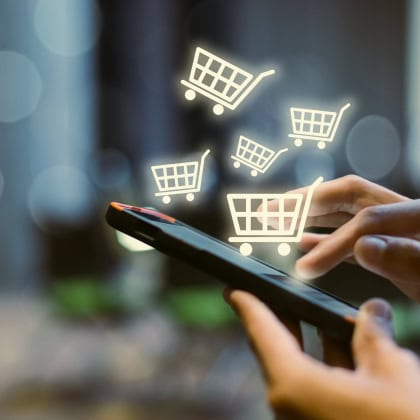Smart grids with low power consumption are the ideal solution for resource metering. They greatly simplify and optimize data collection, and they can be deployed in a short time at a relatively low cost. In this article, we will explain how LoRaWAN wireless communication helps gas and water suppliers automate data metering and save money.
Smart metering systems powered by LoRaWAN technology
LoRaWAN is a wireless technology that operates in the low frequency band (868 MHz in Europe and 915 MHz in North America), and is designed to provide communication over long distances. The energy consumption for data transmission in LoRaWAN networks is low, as it is transmitted at reduced speeds and devices are only activated for the time it takes to transmit the signal. As a result, battery power is minimized. In addition, the signal has a high penetrability, which allows LoRaWAN networks to be used in dense urban areas. And in open terrain, the network coverage reaches up to 15 km.
The key feature of LoRaWAN is its ability to connect numerous smart devices operating on the same network. This makes the technology ideal for the implementation of smart solutions that involve the connection of multiple sensors and devices, especially gas and water meters.
Benefits of LoRaWAN
1. Long battery life: thanks to their low power consumption, LoRaWAN-based devices can run on batteries for several years without replacement. This is especially important for meters that are installed in hard-to-reach locations.
2. Extensive coverage: A LoRaWAN network provides communication over distances of up to 15 km in rural areas and 5 km in urban areas.
3. Low operation cost: LoRaWAN uses an unlicensed frequency band for data transmission. This significantly reduces the cost of network deployment.
4. Scalability: IoT infrastructure in a LoRaWAN network can support a large number of connected devices, so this technology is ideal for applications in cities and large industrial sites.
5. Data security: LoRaWAN provides a high level of security due to encryption at multiple layers. This prevents unauthorized access to data.
Comparative analysis of traditional and LoRaWAN metering systems
Before the appearance of remote data transmission technologies, consumption information was only collected and entered into databases manually. Users reported meter readings to operators by phone or wrote them in special customer books. Moreover, meter readings were periodically checked by controllers.
The benefits of this data metering method is that the supplying company does not need to purchase additional hardware and software, train employees to use it, or maintain the devices. However, the traditional method of data metering does not provide utility providers and users with any of the numerous benefits available with remote monitoring using LoRaWAN networks.
Remote resource monitoring became possible with the rise and development of the Internet of Things. This is a system that combines several components:
- smart devices (meters or radio modules with software that automatically captures data and sends it through the network to a server)
- data transmission network
- data processing software
Smart resource metering does not require human interaction: the devices are programmed so that they record and transmit meter data to the software according to a certain schedule.
Benefits of smart data metering:
- suppliers receive data on consumed resources exactly on time
- human errors are eliminated during meter readings
- data is delivered to special software, where it can be conveniently processed and analyzed
- data on resource consumption is available to the supplier regardless of whether users are at home to provide access to the meter, or whether they submit readings on time.
- smart devices also allow the supplier to promptly recognize unusual interventions in the operation of the meter or in emergencies
It should be taken into account that the implementation of smart metering will only require a one-time capital investment from the supplier.
Future-proofing gas and water meters with LoRaWAN connectivity
LoRaWAN technology is actively used in gas and water metering systems. LoRaWAN-based meters and radio modules can transmit data on resource consumption in real time, which allows operators to effectively manage infrastructure, quickly receive accurate data on resource consumption, and detect leaks or emergencies quickly.
Smart water metering devices operating on LoRaWAN networks transmit accurate consumption data, can alert on leaks, water backflow, and attempts to slow down the meter with a magnet. This allows suppliers and utilities to respond promptly to problems and reduce water loss.
Many gas supply companies face a problem with access to meters. As a result, suppliers cannot accurately bill all customers for gas consumed when they need to, and are forced to calculate the service cost using an average value and then recalculate it. This complicates accounting and does nothing to help customer satisfaction rates. This problem can easily be solved by using smart metering devices or radio modules for gas meters based on LoRaWAN technology. Such devices can operate autonomously for many years, collecting and transmitting information on gas consumption. Thanks to automatic metering, accurate consumption data is always available to suppliers and the company can reduce the workload of controllers.
LoRaWAN is a forward-looking technology that opens up new possibilities for gas and water metering. LoRaWAN is cost-effective, secure, and easy to implement, making it an ideal solution for gas and water suppliers. The technology enables the simple and quick introduction of automatic meter reading (AMR), making utility billing accurate and resource management more efficient.
